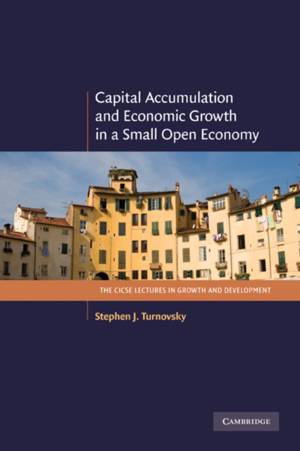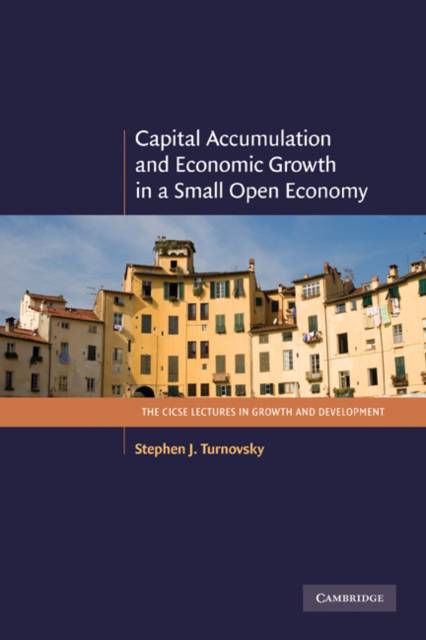
- Afhalen na 1 uur in een winkel met voorraad
- Gratis thuislevering in België vanaf € 30
- Ruim aanbod met 7 miljoen producten
- Afhalen na 1 uur in een winkel met voorraad
- Gratis thuislevering in België vanaf € 30
- Ruim aanbod met 7 miljoen producten
Zoeken
Capital Accumulation and Economic Growth in a Small Open Economy
Stephen J Turnovsky
€ 61,95
+ 123 punten
Uitvoering
Omschrijving
Economic growth is an issue of primary concern to policy makers in both developed and developing economies. As a consequence, growth theory has long occupied a central role in economics. In this book, renowned growth theorist Stephen J. Turnovsky investigates the process of economic growth in a small open economy, showing that it is sensitive to the productive structure of the economy. The book comprises three parts, beginning with models where the only intertemporally viable equilibrium is one in which the economy is always on its balanced growth path. Empirical evidence suggests relatively slow speeds of convergence so the second part of the book looks at several alternative ways in which transitional dynamics may be introduced. In the third and final part, the author applies the growth model to the issue of foreign aid, focusing specifically on whether aid should be untied or tied to the accumulation of public capital.
Specificaties
Betrokkenen
- Auteur(s):
- Uitgeverij:
Inhoud
- Aantal bladzijden:
- 254
- Taal:
- Engels
- Reeks:
Eigenschappen
- Productcode (EAN):
- 9780521187527
- Verschijningsdatum:
- 17/02/2011
- Uitvoering:
- Paperback
- Formaat:
- Trade paperback (VS)
- Afmetingen:
- 152 mm x 229 mm
- Gewicht:
- 344 g

Alleen bij Standaard Boekhandel
+ 123 punten op je klantenkaart van Standaard Boekhandel
Beoordelingen
We publiceren alleen reviews die voldoen aan de voorwaarden voor reviews. Bekijk onze voorwaarden voor reviews.











